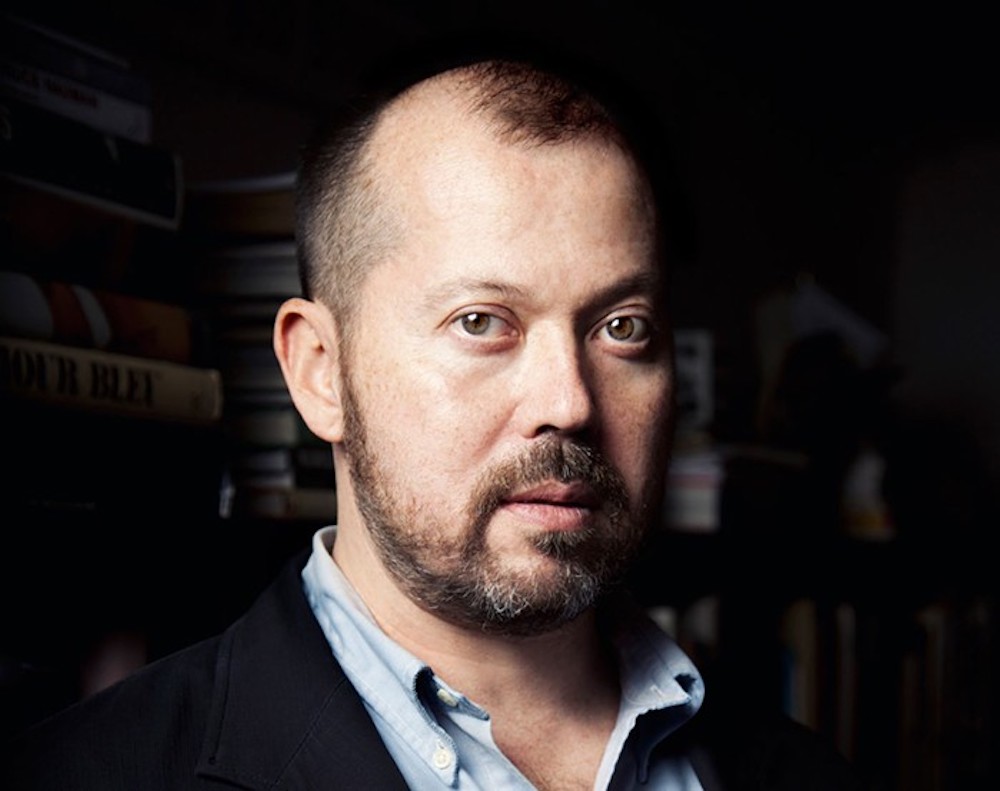All of the essays in Alexander Chee’s marvelous collection How to Write an Autobiographical Novel are striking, but I found the shortest essay, simply titled “1989,” the most arresting. In four pages, he describes his participation in an AIDS protest, in San Francisco—his first protest. As the procession moves into an intersection, the protesters block traffic and are surrounded by riot police, who begin to round them up and brutally drive them off. Chee climbs atop a newspaper box, with a view to the scene, and describes the rise and fall of batons with dispassionate shock, eventually climbing down from his perch to rescue a beaten friend. “This is the country I live in,” he realizes in closing. And I thought instantly of Pierre Bezukhov, in War and Peace, atop a knoll, observing the horrors of the Battle of Borodino. In shock and fear, he plunges down the slope and thinks, “Now they will be horrified at what they have done!” They aren’t, of course, and this seems to be the same conclusion Chee comes to: the feeling of incredulousness that violence and death are served up so openly—in a field, in a street—before watching eyes. Chee’s essay takes place during an AIDS protest but with other details it could easily be about the Holocaust, the Syrian war, or the United States, ca. 2018. —Nicole Rudick
Ben Marcus needs no introduction as an exceptional composer of short stories, although I could certainly reallocate all of those needless words toward lauding his forthcoming collection, Notes from the Fog. Each story is quietly eerie with electric characters who move through settings that look and sound exactly like our reality but are subtly disoriented, as if in a trick mirror. In the first story, “Cold Little Bird,” an achievement of psychological writing, a father drives himself mad (or is driven mad?) by the sociopathic cool of his child, whose precocious and evil mastery of gaslighting left me with a kind of awe I haven’t felt since I first read The Turn of the Screw. The collection doesn’t come out until August, but you can read the title story in our Summer issue. —Lauren Kane
When the physical design of a piano is “fancy,” that often means it is Viennese. Liberace’s rhinestone-bedazzled pianos, for instance, take eighteenth century Viennese decadence, cover it in glue, and roll it around on the Vegas strip. My new favorite piano—the Neo-Zapotec Piano, designed by Mexican polymath Antonio Peñafiel—breaks from this Viennese tradition of fanciness. I saw it at the exhibition “Found in Translation: Design in California and Mexico, 1915–1985,” which ran at the Los Angeles County Museum of Art through April. It’s a piano that you can almost read like a book. In the words on its little plaque read, “Every inch proclaims the glory of the Zapotec civilization, with references to painted screenfold manuscripts, tomb sculptures, jewelry and archaeology.” When not carving intricate pianos, Peñafiel was an archaeologist and a doctor—he organized the first Mexican census. Seeing the Neo-Zapotec Piano in person, I couldn’t help but feel that instrument design, as a field, is still in its infancy, especially now that so much music is produced “in the box,” and sounds are so easily untethered from physical instruments (midi packs, samples.) Instrument makers and visual artists have an opportunity: the world is dividing between formless files in the cloud and special, one-of-a-kind physical objects. The future is not just a narrow Viennese vision of fanciness. A piano can be anything. —Brent Katz
Like the glittering play of light from a chandelier (as one character, Linnea, might say), or like the blinking cursor on a computer screen (as another, Sigrid, might counter), the novel Wait, Blink: A Perfect Picture of Inner Life flickers. Jumping between characters and consciousnesses, Gunnhild Øyehaug’s novel follows three women—Sigrid, Linnea, and Trine—as they navigate their ambitions, their relationships, their ideas of art, and their thoughts on almost everything else. The reader never knows where Øyehaug’s next page will go. With hilarious poignancy, she laces in all of the little pieces of the world that by design or, more often, by coincidence, factor into the women’s stories. The result is that this novel, though revolving around the stories of three women, feels like a story about the whole, hard, ridiculous world. Øyehaug weaves her characters and their world together into a novel that feels as much like a real picture of inner life as it does an author’s beautiful game. —Claire Benoit
During weeks like this one, I’m grateful for Anne Carson’s careful translations of Sappho in If Not, Winter. Perhaps enough has been said about the ancient Greek poet—I won’t add much more. Like the brackets Carson uses to indicate missing text, Sappho’s words have punctuated the events of my life over the past few months. I read a fragment in the morning—then go to work, rage against the day, shop for groceries, navigate the woes of missed packages, call my parents, watch Vanderpump Rules—and return to the same fragment right before bed. I don’t meditate, but imagine this ritual has similar benefits. Immersing myself in the distant past and the scattered white sea of the page, I’m able to access something detached from modern chaos. Some of these pages have only two words. At first, I didn’t know how to read them, but Anne Carson is such a gifted guide that I learned quickly. I breathe, feel the spaces, lean into the lost rhythms of the words I’ll never know, and ruminate on what’s there, letting each line bloom off the page like a body coming up out of water. —Brian Ransom
Fuck the Olympics—every four years the world watches soccer and it really matters. Throughout the city, tailors and taxi-cab drivers screened Mexico vs Sweden. In my local hardware store the other day, I heard a customer ask an employee where he was from.
“MEXICOMEXICOMEXICO,” he said.
“I’m from Ireland,” she replied.
“Maybe next year,” he said encouragingly.
“The is for the pride parade,” she said of the item she was buying. “I hope you win. That’ll give Trump a kick in the pants.”
The degree to which fútbol matters has been spoken about by brighter minds than mine (Simon Critchley and George Orwell come to mind) but anyone can catch the bug. If you like speed or sport or drama or the ancient clash of kingdoms, or an occasion for a summer beer, you already like soccer. Tune in, the world is already watching. —Julia Berick
from The Paris Review https://ift.tt/2Kitauq




Comments
Post a Comment